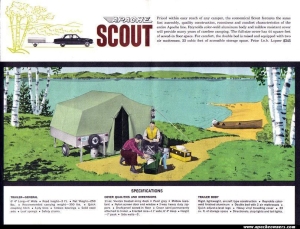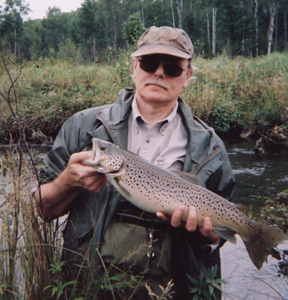My Short History of Bass Tournaments
My neighbor knew I was a trout fisherman and asked if I’d be interested in fishing some bass tournaments. This was back in the 1980s. I jumped at the chance. He had a nice bass boat, something completely foreign to me, and I knew he did some local tournaments regularly. He was a master with plastic worms and taught me the basics. As a team, we didn’t do that well the summer we fished together and I blame myself -I should have been experimenting more. (He got me started on plastic worms and there was no turning back.) He eventually dumped me for a guy that should have gone pro. That was a brief letdown but it didn’t take me long to get back into tournaments. Generally it is a team fishing sport – two guys in a bass boat. There was no rule requiring two guys in a boat – anyone that paid the entry could fish alone if it came to that, and being a bit of a loner anyway, I decided to try it. I had a twelve foot aluminum boat, a trolling motor, and a Subaru station wagon to put it on. I rigged up a cooler as a live well and started entering tournaments – against guys like my old neighbor and his talented semi-pro friend.
The start of a tournament is pretty macho. I would pull my aluminum v-bottom out into the mix of overpowered bass boats revving their engines and smell the gas fumes and try to hang on as their wakes rocked my boat. As soon as the water settled I’d point my boat to the nearest shore and start tossing whatever made sense. I kept up on the latest BASS news so my arsenal was current if not overwhelming. Reeds Lake in East Grand Rapids was my main tournament. Wednesday nights. The tournament was three hours ending at 9:00PM. Next to the boat launch is an elaborate expanse of docks jutting out behind Rose’s Restaurant, and that was always my first stop. Other anglers hit these docks too, but I had a nice advantage – I could maneuver my little boat inside the jutting structures and fish very quietly, backing the little boat around. I took my time and that can be a good thing.
The tournaments usually paid three places, but sometimes five places if there were a lot of boats. Winning was based on total weight brought in. They had a giant analog scale and basket to load the catches so you could watch the dial swing around and jitter on the weight. Weigh-ins drew a crowd, not just the anglers.
I placed just often enough to break even over my tournament lifetime which was pretty good. It was always a thrill to go home with fifty or a hundred bucks and slap it down on the counter to my wife’s surprise and glee. The other cool thing was getting respect from those teams of fishermen who shook their head at the guy in an aluminum boat. It really wasn’t about the money. It was somewhat about the competition. But mainly I just like to go fishing.







